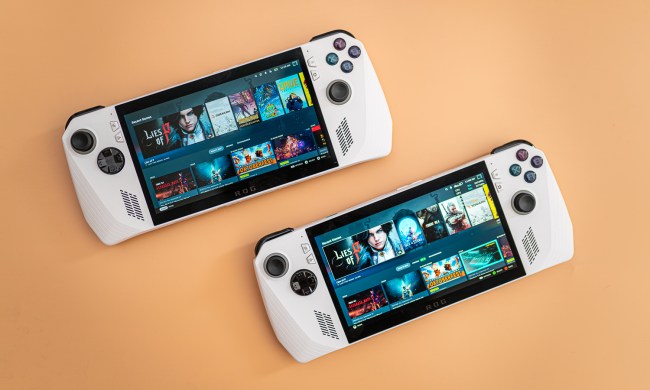
The Razer Blade 14 has long been one of my favorite gaming laptops, especially when we’re talking about extremely compact, yet powerful options. For 2023, Razer has now announced an upgrade to the machine, bringing not only the latest RTX 40-series graphics, but also up to the anticipated new AMD Ryzen 9 7940HS processor.
I call it “ambitious” because it was an attempt to reduce the size of the popular Razer Blade formula down to something even smaller: a true “stealth” gaming laptop, and a great vehicle for AMD’s Ryzen platform.
The new processor and graphics options are claimed to bring more performance, of course, and we’ve already seen how good these new RTX 40-series graphics are. On the CPU side of things, though, the Ryzen 9 7940HS has a lot of hype behind it too. It’s another one of AMD’s 35-watt parts, built for efficiency in designs such as this — yet still with plenty of horsepower under the hood too. These Zen 4-based chips are rather hard to come by so far, only having been announced in the competing Asus ROG Zephyrus G14 so far.
Interestingly, the Razer Blade 14 now stops at an RTX 4070 in terms of GPUs. In previous generations, for example, the laptop offered configurations with up to an RTX 3080 Ti. For now, it looks like Razer is saving the RTX 4080 and 4090 for the larger laptops in its lineup. It’s worth noting that Asus has started offering the ROG Zephyrus G14 in an RTX 4090 configuration too.

Other than the spec update, other changes to the Razer Blade 14 this year include a slightly bigger battery (now 68.1-watt hour), upgradable memory (up to 64GB), and options for a faster refresh rate screen (now a 1600p 240Hz panel). It’s slightly thicker and larger this time around too, now weighing 4.05 pounds and measuring 0.71 inches thick.
The new Razer Blade 14 starts at $2,400, a significant bump up from the $1,800 starting price of last year’s model, which continues to be sold at that price.


